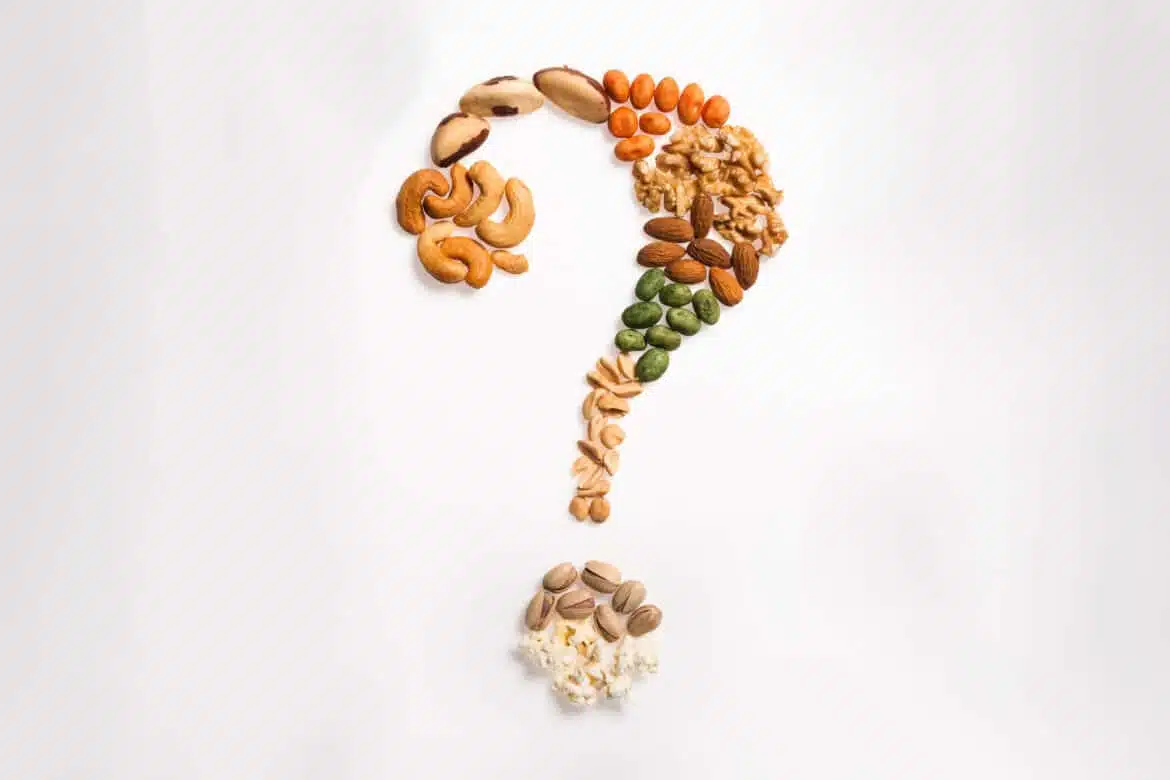This post is also available in: ![]() Deutsch
Deutsch ![]() Français
Français
There is hardly a topic that unites people around the world as much as food. Food is not only a necessity of life, it is also a seemingly inexhaustible source of curiosities and unbelievable stories. From culinary thefts to unusual discoveries, in this article, we take a look at 10 obscure, fun and interesting food facts you definitely didn’t know.
1. What is a spaghetto?
The “i” at the end of “spaghetti” declines the plural in Italian grammar. If we’re talking about just a single one, we say spaghetto. But since a spaghetto rarely comes alone, the grammatically correct singular is rather unknown outside Italy.
2. Supposedly the sandwich was invented because of gambling
John Montagu, better known as the “Earl of Sandwich”, was a late 18th-century British nobleman who is said to have suffered from enormous gambling addiction. Legend has it that he did not want to leave the table during his constant games and therefore needed a handy meal. His servants then brought him a piece of bread with pieces of meat on top. This is said to be the birth of the sandwich.
3. The most stolen edible good
Cheese is actually the most stolen commodity in the world. Believe it or not, around 4% of the cheese produced worldwide is being stolen. There is actually quite a significant black market around this fermented delicacy. Obviously, we advise you to buy the cheese honestly. Who wants a criminal record for cheese theft?
4. Fine donkey cheese
All right, this info might make you think about becoming a cheese thief after all. Indeed, the most expensive cheese in the world is made from donkey milk in Serbia and costs an incredible €1.000 per kilogram. Since donkeys don’t give much milk, the product cannot be produced in large quantities. Only about 100 kg a year are sold on the market. Moreover, its production is very complicated, which explains its high price.
5. Peaches and nectarines are basically the same thing
Genetically, peaches and nectarines are virtually identical. They differ by a single gene, which is dominant in peaches and recessive in nectarines ensuring that the former has a furry skin and the latter a smooth one.
6. Almonds are not nuts?
This is another common misconception. Strictly speaking, an almond is not a real nut, but a drupe whose kernel is commonly known as an “almond nut”.
7. Who is afraid of…?
“Mageirocophobia” is a rather peculiar phobia that refers to an exaggerated and irrational fear of cooking. This is often accompanied by a fear of doing something wrong. If you are scared of doing something wrong in the kitchen, don’t be intimidated: some of the most popular culinary creations are the result of accidents! This is what the following examples show us.
8. A happy accident
In 1905, a boy named Frank Epperson in San Francisco mixed a sugary lemonade powder in a glass with water and accidentally left it outside with the spoon overnight. The next morning, the lemonade was frozen. Frank pulled out the mixture with the spoon and tasted it. The popsicle was born. Frank would later market his discovery under the name “Epsicle”. Today, the brand is still well known in the USA under the name “Popsicle”.
9. A mix of milk, stomachs and magic
Yoghurt has been around for a very, very long time. It is strongly believed that it was made in Turkey as early as the 6th century BC. The method of production was discovered by chance: Central Asian shepherds kept their goat’s milk in containers they made from animal stomachs. They were certainly surprised at first when they discovered that this made the milk thick and sour. The reason for this was that the bacteria found in the stomachs helped the milk to coagulate. A true eureka moment!
10. Combustion hazard!
Since we are very concerned about the physical integrity of our readers, here is a little safety advice: Grapes can explode in the microwave! This can happen if a grape is cut almost in half and then heated in the microwave. Since the grape is unable to absorb the power emitted by the microwave all at once, there is a high concentration of energy which results in a small explosion. So you have been warned, although you might rightly wonder why anyone would want to heat a grape in the microwave.


